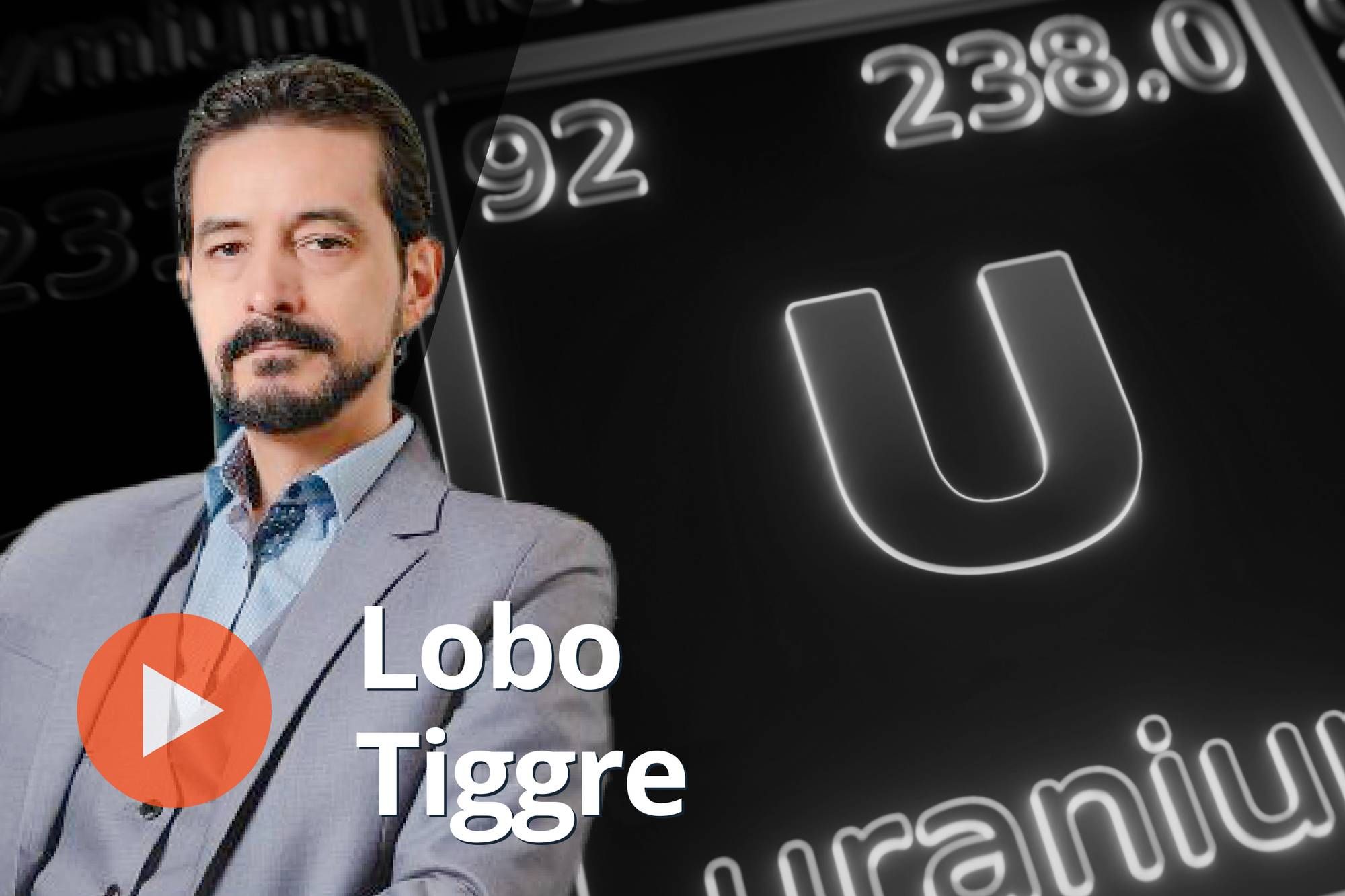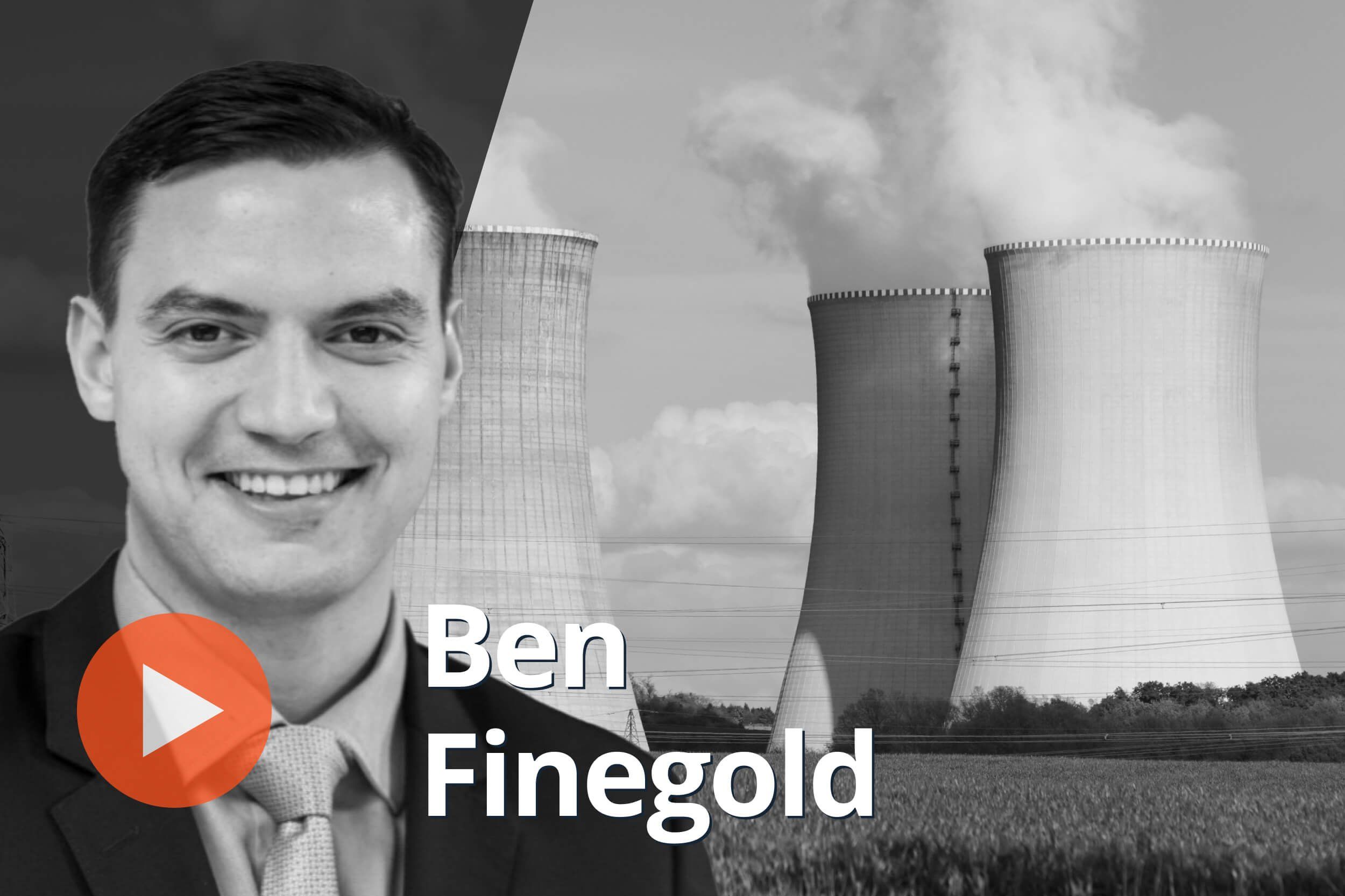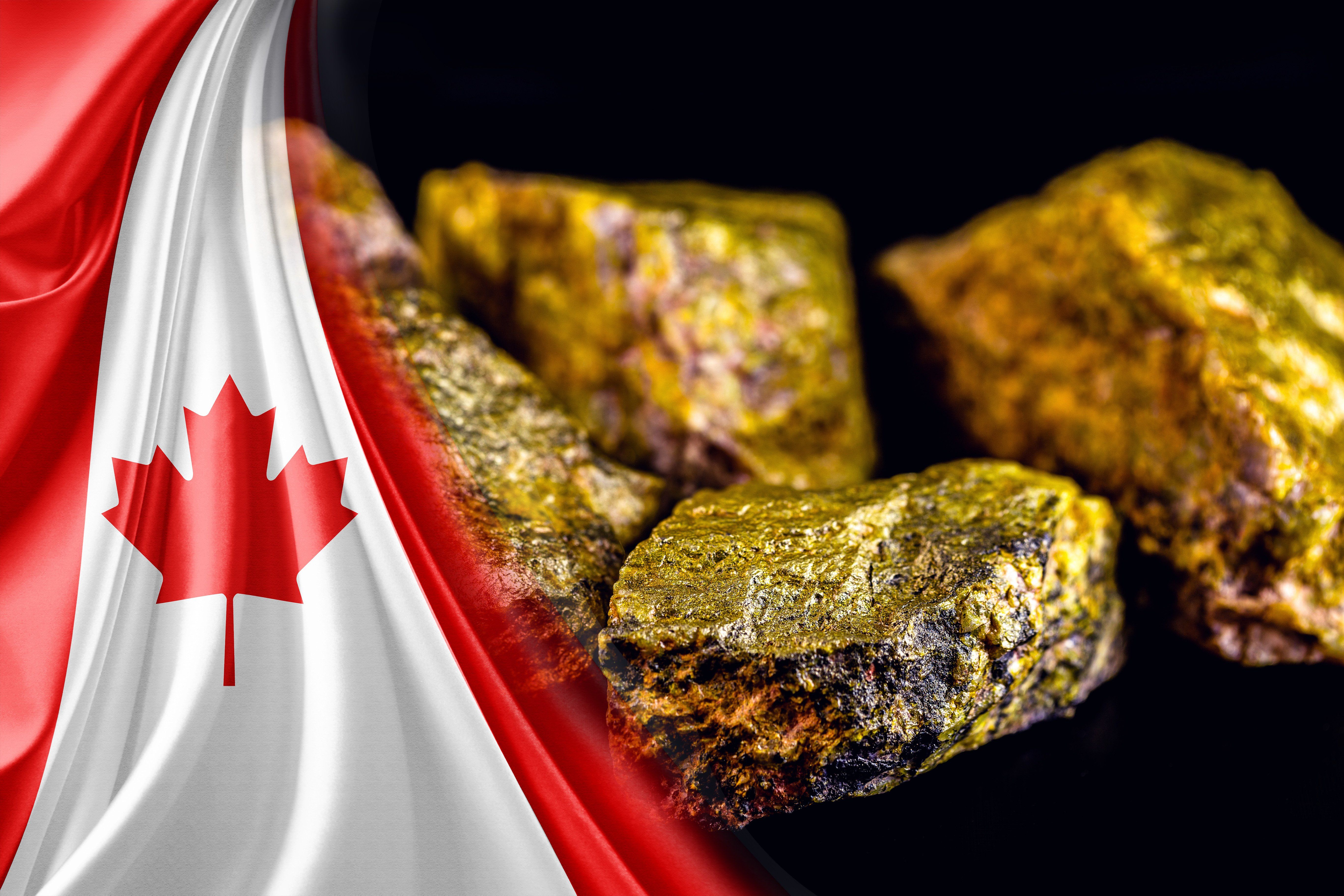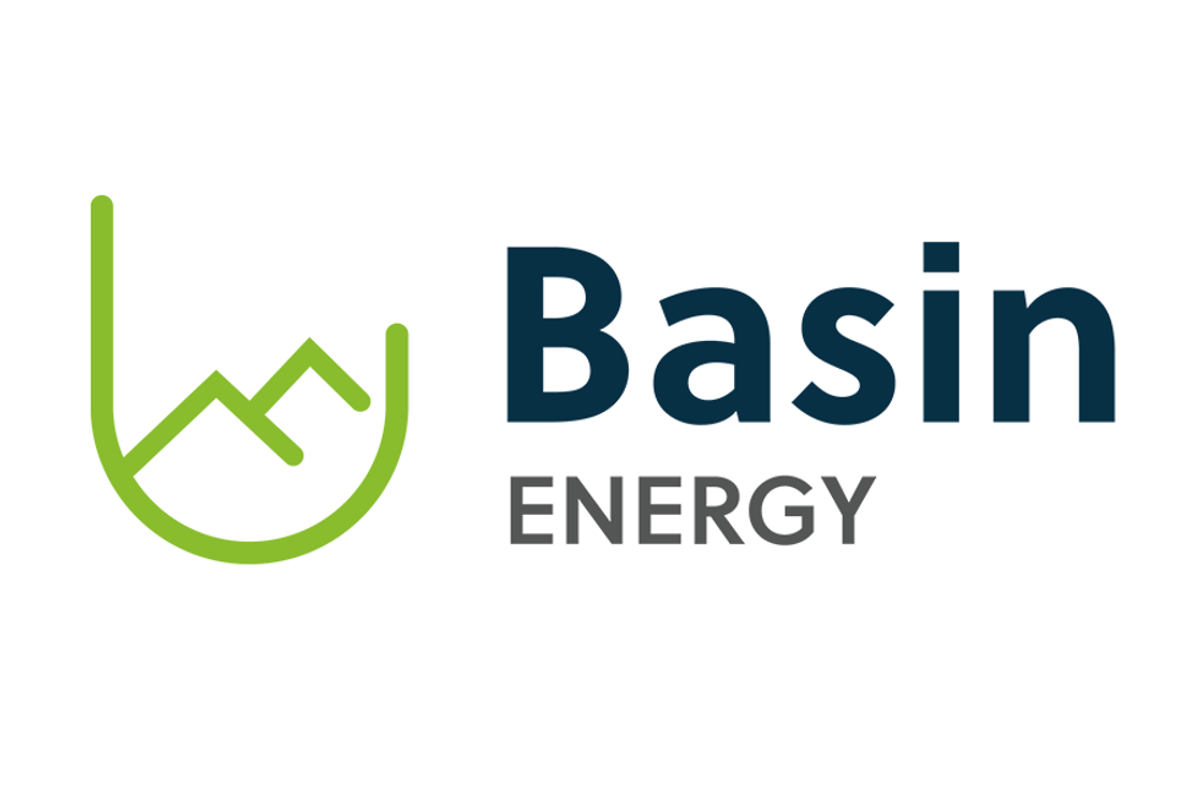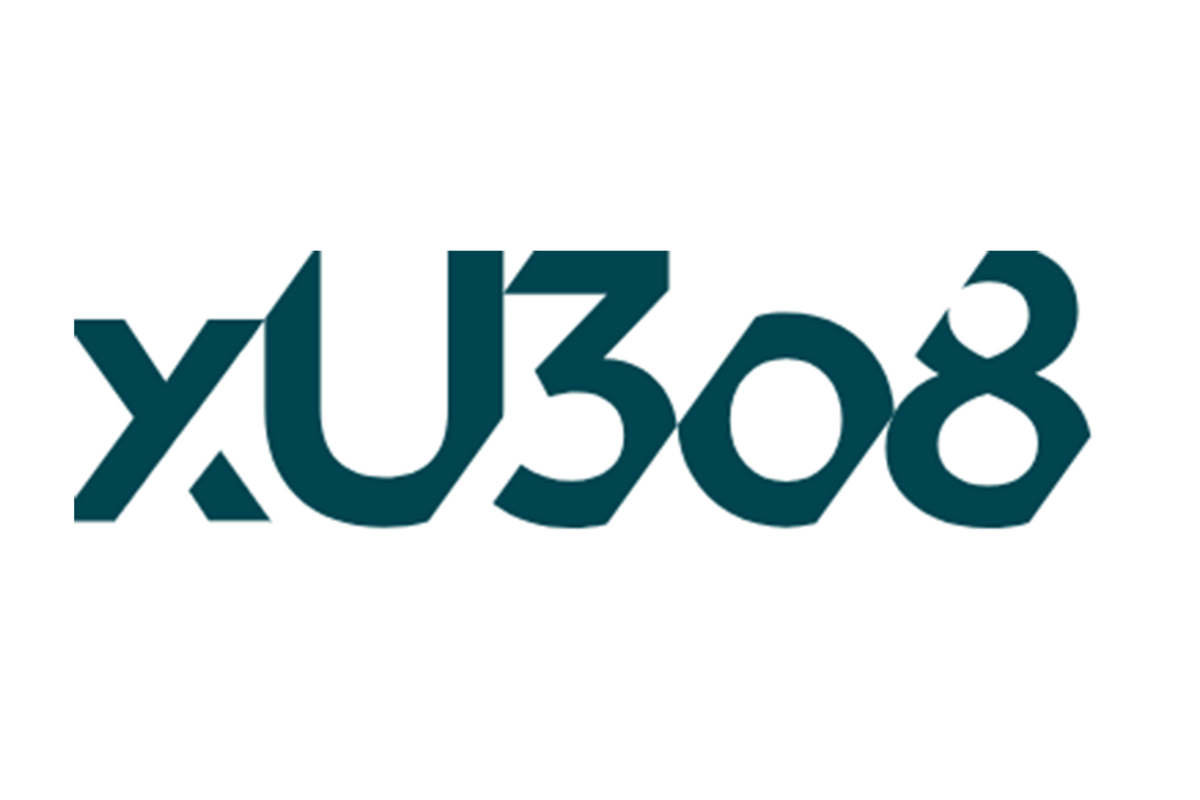
July 24, 2025
The simultaneous listing of the xU3O8 token across major cryptocurrency trading venues: KuCoin, MEXC, and Gate.com has been announced today. This multi-platform launch marks a significant milestone in real-world asset (RWA) tokenization, bringing institutional-grade uranium investment to a combined user base of over 115 million traders worldwide.
The xU3O8 token represents fractional ownership of physical uranium ore concentrate (yellowcake) stored with Cameco in regulated facilities. This breakthrough democratizes access to the uranium market, which previously required minimum investments of 100,000 lbs (approximately $7.2 million) and specialized broker relationships, effectively limiting participation to institutional investors and large corporations.
The coordinated listing across leading trading venues ensures maximum accessibility and liquidity for xU3O8 tokens:
- KuCoin, trusted by over 41 million users across 200+ countries, provides comprehensive trading services including spot, margin, options, and futures. As a pioneering technology platform, KuCoin is committed to user-centric principles and making cryptocurrency accessible to everyone, resonating with xU3O8’s goal of breaking down traditional investment barriers.
- MEXC, founded in 2018 and serving 36 million global users, has demonstrated remarkable growth with a 143% increase in spot trading volume and 118% jump in futures trading volume throughout 2024. Known for making crypto “simple, accessible, and rewarding,” MEXC’s user-friendly platform aligns perfectly with xU3O8’s mission to democratize uranium investment.
- Gate.com, one of the world’s top 3 cryptocurrency exchanges by real trading volume with over 32 million users, brings institutional-grade security and supports 3,600+ digital assets. As an industry pioneer committed to 100% reserve holdings, Gate.com provides the robust infrastructure needed for tokenized commodities.
The listing comes at a pivotal moment for uranium markets. According to the World Nuclear Association, uranium demand is projected to increase 28% by 2030 and 51% by 2040, driven by global decarbonization efforts, energy security concerns, and the rapid expansion of AI infrastructure requiring reliable baseload power. The uranium market already faces a significant supply-demand imbalance, with global production in 2024 at approximately 155 million lbs falling short of current demand at 197 million lbs, creating a deficit of over 40 million lbs per year, without accounting for additional reactors coming online
The multi-platform listing eliminates traditional barriers that have kept uranium investment exclusive. Investors can now start with any amount instead of millions of dollars, benefit from instant blockchain settlement versus 14-30 day traditional settlement cycles, and access global trading 24/7 from anywhere versus limited OTC market hours. xU3O8 provides complete on-chain visibility versus opaque traditional markets and enables continuous trading across multiple venues versus limited OTC liquidity.
The RWA tokenization market is projected to reach $16 trillion by 2030, with commodities representing a significant portion of this growth. xU3O8’s multi-platform listing provides a blueprint for how traditional commodity markets can be revolutionized through blockchain technology.
Built on Tezos blockchain technology via Etherlink, xU3O8 leverages a sophisticated smart contract architecture. The primary layer tracks physical uranium holdings while the secondary layer manages fractional ownership. xU3O8 trading is now live across all trading venues, with users able to access detailed market data, trading charts, and educational resources through each platform’s interface. The coordinated launch ensures optimal liquidity and price discovery across global markets.
Click here to connect with xU3O8 to receive an Investor Presentation

Sign up to get your FREE
New Found Gold Investor Kit
and hear about exciting investment opportunities.
- Corporate info
- Insights
- Growth strategies
- Upcoming projects
GET YOUR FREE INVESTOR KIT
The Conversation (0)
15h
New Found Gold
Emerging Canadian gold producer advancing high-grade assets in Newfoundland and Labrador
Emerging Canadian gold producer advancing high-grade assets in Newfoundland and Labrador Keep Reading...
12h
Lobo Tiggre: Supply Tight, Demand Strong, What's Next for the 2026 Uranium Market?
Lobo Tiggre, CEO of IndependentSpeculator.com, described uranium’s key role in providing baseload energy, a narrative that is only being heightened by added artificial intelligence data center and electric vehicle (EV) demand projections. “The use case is baseload power. There’s no substitution,... Keep Reading...
22 December
Ben Finegold: Uranium in 2026 — Price Outlook, Plus Stocks, Supply and Demand
Ben Finegold, head of research at Ocean Wall, shares his 2026 outlook for uranium supply, demand and prices, emphasizing that the nuclear energy story remains strong. While 2025 brought little movement in the spot price, he believes the stage is set for higher numbers. Don't forget to follow us... Keep Reading...
19 December
Denison, Skyharbour Finalize Saskatchewan Uranium Joint Venture Deal
Denison Mines (TSX:DML,NYSEAMERICAN:DNN) has closed a previously announced deal with Skyharbour Resources (TSXV:SYH,OTCQX:SYHBF) that repurposes a large block of uranium exploration ground surrounding Denison's flagship Wheeler River project in Northern Saskatchewan.The recent transaction... Keep Reading...
18 December
5 Best-performing Canadian Uranium Stocks of 2025
The uranium market moved through 2025 with less drama than the previous year, but the quieter tone masked a sector where supply is still tightening beneath the surface. After 2024’s surge to two decade highs, U3O8 prices traded in a narrower range in 2025, slipping to a low of US$63.71 per pound... Keep Reading...
18 December
Resource Expansion Drilling Confirms 3,000 metres of New Uranium Trends with Best Drill Hole of 1.4 GT over 7.6 metres
Resource expansion drilling of 50 holes completed at Lo Herma as planned yielding significant mineralised extensions over 3km to the north of proposed Mine Units 1 and 2. Drilling delivered AMU’s strongest intercept to date ahead of 2026 MRE and Scoping Study updates at AMU’s flagship Lo Herma ISR Uranium Project in Wyoming’s Powder River Basin.
American Uranium Limited (ASX:AMU, OTC:AMUIF) (American Uranium, AMU or the Company) is pleased to advise that 2025 resource expansion drilling at its Lo Herma ISR uranium project in Wyoming’s Powder River Basin (Lo Herma, the Project) has been completed according to plan with the drilling of 50... Keep Reading...
17 December
Completes phase one drilling and expands Sybella-Barkly
Basin Energy (BSN:AU) has announced Completes phase one drilling and expands Sybella-BarklyDownload the PDF here. Keep Reading...
Latest News

Sign up to get your FREE
New Found Gold Investor Kit
and hear about exciting investment opportunities.
- Corporate info
- Insights
- Growth strategies
- Upcoming projects
GET YOUR FREE INVESTOR KIT
Interactive Chart
Latest Press Releases
Related News
TOP STOCKS
American Battery4.030.24
Aion Therapeutic0.10-0.01
Cybin Corp2.140.00

